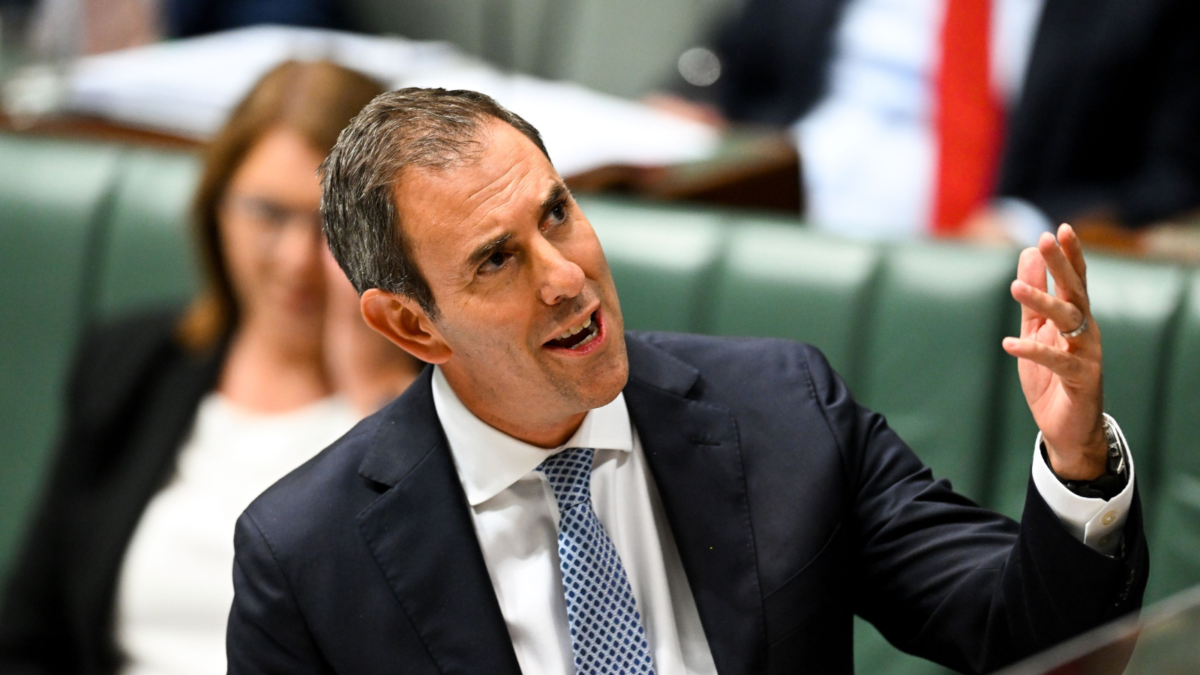EM corporate debt and the switch to ‘alternative bonds’
(Pictured: John Morton)
BlackRock’s latest quarterly earnings statement in the US surprised analysts, not so much by the company’s overall positive position but because there appeared to be an inflow of funds into fixed interest products rather than the expected outflow. What has been termed the “Great Migration” may turn out to be no more than a big restructure within the types of fixed interest strategies investors are adopting.
BlackRock’s second-quarter earnings growth of 32 per cent was mainly attributable to the rise in the US stock market but included some help from an overall inflow into bond products. The company’s high-profile CEO, Laurence Fink, was quoted as saying in the US, last month: “We expect to see flows moving into more flexible, non-traditional fixed-income products… Across the board we are well positioned to benefit from the changes in fixed income.”
So, what are “non-traditional” fixed income products? For US investors, they are multifarious. For Australian investors wishing to remain domestically invested, the pickings are slim.
Consider this clause in a current RFP for “Non-Traditional Fixed Income” for a relatively small US pension fund, the US$750 million Highway Patrol System of Ohio:
“The strategy of interest should invest in fixed income securities with the goal of providing diversification and/or yield enhancement to a core bond portfolio. Fixed income strategies that may be considered include but are not limited to: floating rate, multi-sector, long-short credit, duration neutral / tactical duration, or unconstrained.”
It is unlikely any Australian fixed interest manager could fulfill such a mandate domestically and if one could, the cost would probably be prohibitive.
So, while domestic interest rates have not yet turned back up, which will accelerate a similar shift by Australian investors away from government bonds when it happens, super funds have been showing increasing interest in emerging market debt, either sovereign or corporate.
Fischer Francis Trees & Watts, a BNP Paribas Investment Partner, produced a paper last month called: “Emerging Markets Corporate Debt: A Bright Spot in the Bond Market”. Last year, there was an estimated US$285 billion in new flows into emerging market (EM) corporate debt funds. And, for the first time, the asset class exceeded US$1 trillion in terms of debt outstanding for the first time.
The FFTW paper says: “Despite significant issuance… since 2008 when the market plateaued with the global credit contraction, we believe the market is poised to continue its rapid pace of issuance, specifically within the corporate EM debt space.
“Forecasts from several investment banks estimate an additional US$335 billion in new issuance over the course of 2013. Even taking into account recent volatility during the second quarter of 2013, prior estimates have remained resilient.
“As we look ahead to 2014, we do not see material factors that would diminish this level of issuance. New issues have not only performed well relative to older issues, but the number of debut issuers is on track to meet or exceed the previous record of 145 corporates set in 2006.
“All of these factors – increasing diversity of issuers, size and depth of the market and continued demand for new paper – lead us to believe that the corporate EM debt market will continue to evolve at a healthy pace.”
The paper was written by John Morton, head of emerging markets fixed income, and Alaa Bushehri, portfolio manager, emerging markets corporate fixed income. Morton was one of four emerging markets debt specialists who joined FFTW last year from the State Street subsidiary Rexiter Capital Management.
Another recent development in the market is the issuance of corporate debt, for the first time, in the issuers’ local currency. Prior to this year the debt was issued in US dollars. So far this year there have been issuances in Russian rubles, Turkish lira and Brazilian reals. This gives investors the potential for additional return, provided they have a positive view on the local currencies.
Asia has been the largest issuer of EM corporate debt for several years, followed by Latin America.
The FFTW paper says: “Given the urbanization of its population, growth in infrastructure and positive demographics we expect Asia to continue to have a significant weighting in the benchmark. We do, however, expect that the other regions will be more active in the future and will comprise a relatively larger percentage of the benchmark than they do today.”








